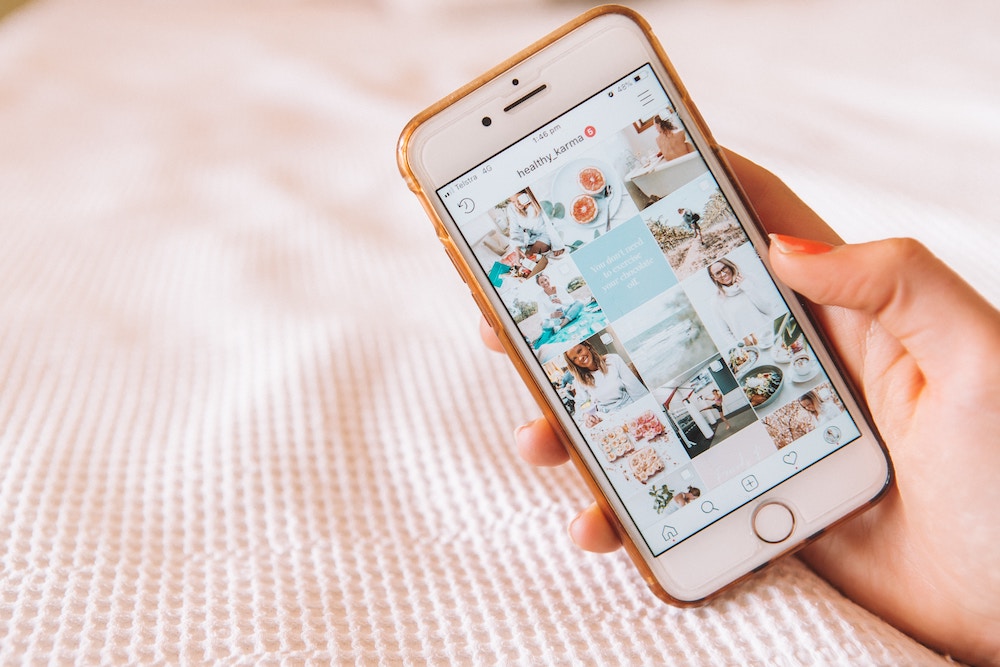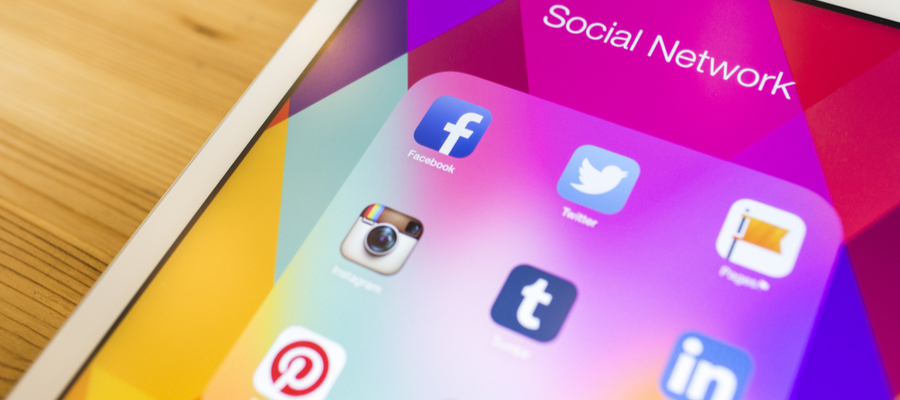Digital marketing and social media are increasingly important in influencing traveler choices. In fact, 33% of people who use social media for travel research end up switching hotels. Facebook is particularly useful in finding relevant audiences, and hotel managers can take advantage of this social platform to reduce advertising costs and increase conversions.
Our guide will help you use Facebook to effectively identify and market to your ideal hotel guest.
1. Start With Your Current Data
Facebook’s ad platform allows you to target audiences according to multiple factors like demographics, purchasing behaviors, connections, life events and personal interests. This information can be gathered from your PMS, social media channels or your website (through Facebook pixel).
Look for variables associated with your ideal hotel guests, such as:
- Booking frequency
- Total spending
- Loyalty points
- Reviews
Aim for specificity—you’ll want to target a relatively small group of guests so that your ads will resonate most strongly with them.
2. Customize Your Target Customers
Audiences can be created in Facebook using customer data that you already have—primarily emails and phone numbers. Doing so means you don’t have to build a new audience from scratch.
Importing an audience is a relatively simple process, using a text or CSV file. Avoid dumping large, unfiltered customer lists onto the ad platform—you should instead pre-filter these guests into separate, smaller segments and then upload separately. This allows you to maintain clean, coherent sections on your platform. Keep in mind that audiences can overlap, which isn’t necessarily bad but it can affect your ad delivery and campaign efficiency.
3. Create Lookalike Audiences
Lookalike audiences are potential customers who share certain qualities (such as demographics and interests) with your existing customers. Facebook can build a lookalike audience based on the data you provide to the platform—at least 100 people from your source audience are necessary in order to create an effective list.
What’s important to note is that while a lookalike audience has similar interests or connections with your established user base, they may not know much about your hotel brand. As a result, your advertising will need to be clear in framing your hotel’s key features so your prospects understand your value.
4. Test and Evaluate
Like most digital marketing platforms, Facebook constantly undergoes algorithm updates and experimentation. Be sure to refresh your customer data regularly to bolster your ability to draw insights and accurately target potential customers.
A/B testing on Facebook can be highly effective, especially if you’re starting with relatively small amounts of customer data. When testing out different ads, make sure to only change a single variable—like the phrasing of your call-to-action—which will help you isolate which factors work and which ones don’t. The size of your campaigns is also a tricky balance. Smaller campaigns can be more resource-friendly, allowing you to test more often, but putting too little into a campaign may yield poor results regardless of what you change.
When analyzing the success of your Facebook campaign, focus on one key metric such as cost per conversion (CPC). This metric identifies the cost of acquiring a customer based on a ratio between ad views and ad conversions (like bookings). By honing in on a single metric, it’s easier to determine if you are meeting your primary goal.
Facebook can be a useful channel for understanding and reaching great guests. With this guide on hand, you’ll be able to turn your prospects into your best patrons.
Understanding your customers is crucial for encouraging return visits. Find out which data points will help you learn more about your guests by reading our article.
Feature Photo: Netfalls Remy Musser / Shutterstock.com





